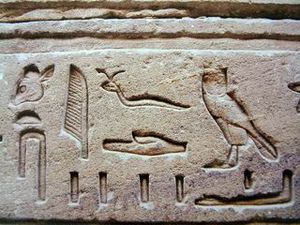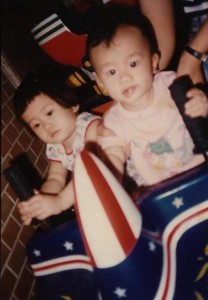Walt Whitman’s works made me confused. It does not mean I do not like his writing, but I’m frustrated and tired with all the reading. Everytime when I read passages, books or especially poems, I CANNOT read those without using the dictionary. I love reading, only in my native lanugage. Because English is not my first language, those vocabulary words gonna kill me . I just can say ” They know I, but I dont know Them”. Then, I hate reading a lot….
I read Whitman’s work, ” Song of Myself”, and I do some research online. Whitman ‘s works are powerful, many people love his works. I love reading poems and try to understand what the writters wants to tell and touch his readers. Different people read the poem, even those they are reading the same poem, they have different feeling. I love go to class because professor will discuss Walt Whitman’s works with us, and my classmates love to share their feeling too. During the class, I hear and learn and know more than I read by myself.
In the new reading assignment ” Crossing Brooklyn Ferry” by Walt Whitman,
I am with you,, you men and women of a generation, or ever so many generations hence;
I project myself – also I return – I am with you, and know how it is.
Just as you feel when you look on the river and sky so i felt;
Just as any of you is one of a living crowd, I was one of a crowd;
Just as you are refresh’d by the gladness of the river and the bright flow, I was refresh’d;
Just as you stand and lean on the rail, yet hurry with the swift current, I stood, yet was hurried;
Just as you look on the numberless masts of ships, and the thick-stem’d pipes of steamboats, I look’d.
Whitman assumes that they feel and see things as he does, and they react in the same ways as him. You may have the same feeling as me when we are taking subway, looking in the same sky or walking on the street…..
 A child said What is the grass? fetching it to me with full hands;
A child said What is the grass? fetching it to me with full hands;
